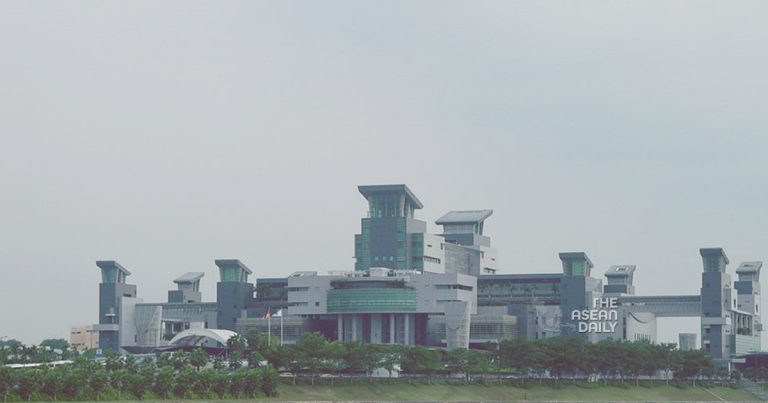14-6-2023 (SINGAPORE) Woodlands Train Checkpoint has experienced improved clearance speed and capacity since the installation of 10 new immigration kiosks in March, according to the Immigration & Checkpoints Authority (ICA) on Wednesday (Jun 14).
These kiosks, the first of their kind at Singapore’s checkpoints, offer immigration clearance similar to that of automated lanes. Eligible individuals can conveniently scan their passports and have their biometrics captured.
The ICA explained in a press release that the installation of additional automated lanes at Woodlands Train Checkpoint is not feasible due to infrastructure and space limitations. However, the introduction of the kiosks, which occupy less physical space, effectively addresses this issue. The kiosks are strategically clustered to optimize space utilization and can facilitate the clearance of both departing and arriving train passengers.
At present, the checkpoint is equipped with three automated lanes, akin to those found in the passenger halls of air and sea checkpoints.
The implementation of the 10 kiosks has significantly increased the clearance capacity, preventing overcrowding at the train platforms and enabling arriving trains to expedite their turnaround, the ICA emphasized.
Woodlands Train Checkpoint currently handles 31 departing and arriving train trips daily, accommodating close to 10,000 passengers.
An individual self-clearance transaction at the kiosk takes approximately 24 seconds, which is notably faster than the 45 seconds required at the manual counter, as confirmed by the ICA.
Singapore residents, long-term pass holders, and short-term visitors who have previously enrolled under the Automated Clearance Initiative (ACI) are eligible to utilize these self-clearance kiosks for immigration procedures.
Tong Weijie, the deputy commander of Woodlands Checkpoint and ICA superintendent, expressed, “The implementation of the self-clearance kiosks has provided travelers with a quicker clearance experience while enabling ICA to redirect some officers to areas requiring additional manpower support.




